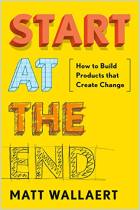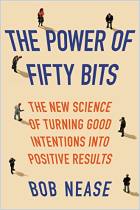Designers can nurture long-term behavior changes in users that positively shift their mind-sets, explains behavior change expert Amy Bucher. She details the basics of “behavior change design,” and how to create effective interventions that serve users’ best-possible future selves. Bucher applies psychological principles to design, guiding product designers through the process of creating products and user journeys that align with users’ deepest needs and values, while inspiring trust.
Transform people’s behaviors by applying psychological principles to design.
Effective behavior change design empowers designers to create products that benefit users, while helping designers demonstrate proof of concept. Designers focusing on behavior change seek to alter people’s behaviors through products they refer to as “interventions.” Duolingo, for example, encourages people to communicate in new ways, while financial services interventions prompt people to save for significant goals.
The “self-determination theory of motivation” holds that something that aligns with your most deeply held values and goals triggers the strongest motivation. Effective designers leverage this psychological theory by aspiring to support people’s basic needs for “competence” – growing and learning; “autonomy” – meaningful choices; and “relatedness” – the desire to feel connected to something bigger than yourself.
The four phases in the behavior change design process include:
- “Diagnosis” – Engage in research and discovery to understand your target users, the context you’re operating in and the problem...
Amy Bucher, PhD, is the vice president of behavior change design at the strategic design agency Mad*Pow.




















Comment on this summary or Démarrer une discussion